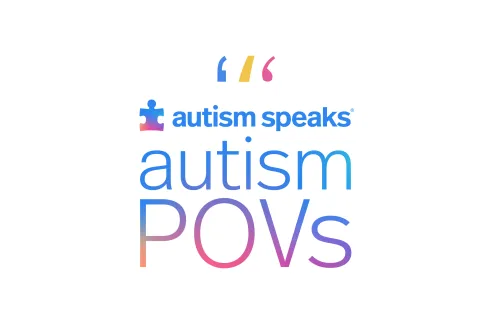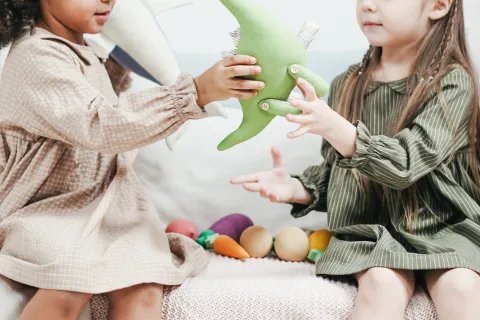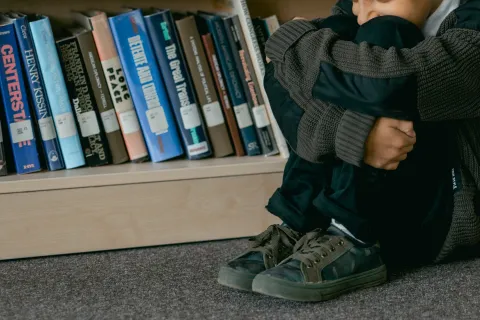Teen with Autism Gets Help with Hygiene & Appropriate Behavior: Part 2
Today’s “Got Questions?” answer comes from (left to right) Cassandra Newsom, PsyD, director of psychology education at the Vanderbilt Kennedy Center’s Treatment and Research Institute for Autism Spectrum Disorders, Nashville; Stormi Pulver White, PsyD, assistant professor of psychiatry at the University of Texas Southwestern Medical Center’s Center for Autism and Developmental Disabilities, Dallas; and Cora Taylor, PhD, a postdoctoral fellow at the Vanderbilt Kennedy Center. The Vanderbilt Kennedy Center is a member of the Autism Speaks Autism Treatment Network.

“How can we help our teenage daughter improve her hygiene and understand the difference between public versus private behavior?”
In Part I of our answer (click here), we tackled personal hygiene – an important step on every teen’s path to independence and self-esteem. Many teens with autism – boys and girls alike – don’t pay close attention to the social examples and cues of their classmates and peers. As a result, many need help understanding that these behaviors are important.
Today, we’ll address the second part of your question: How to help an adolescent child with autism distinguish appropriate public versus private behavior.

Teaching public versus private behavior
As you probably know, distinguishing appropriate public and private behavior will help your daughter fit in with her peers and reduce the chances of her being bullied or abused. The first step is to decide on the rules that are important to your family.
For example, “We are naked only in the bathroom or our own bedroom with the door closed.” Make sure that all members of the family follow these rules.
One way of teaching “public vs. private” is a visual sorting activity. In one pile, we have pictures of places and behaviors that are “public.” For example, school and playing with friends. Then there is the pile for the “private” places and behaviors. For example, the bathroom and getting dressed. Help your daughter to put the pictures in the correct category.
You can use this activity to teach which body parts are okay to touch in public and which are not. Once your daughter understands the concepts of public versus private, continue to use simple words or pictures as reminders.
Stories are another helpful way of teaching these concepts. This can be particularly helpful when a child or teen is having difficulty with a particular behavior such as picking her nose in public. Using pictures, create a simple story about someone appropriately picking her nose in a private place such as the bathroom. Perhaps the character can first think about picking her nose in a public place before stopping herself and going to the appropriate private place. Read the story often.
Also, help your teen practice these skills at home. For instance, remind her to go to the bathroom if she starts to pick her nose. Once she has the behavior mastered at home, re-read the story with her right before she goes into a public place.
For more information on helping your child through puberty, Please see these additional resources:
* Autism Speaks Transition Tool Kit, created to assist families in transitioning their child with autism from adolescence to adulthood.
* The Healthy Bodies Tool Kits, created by experts at Vanderbilt for boys and girls with disabilities.
Thanks for your question, one that’s shared by so many families. We wish you and your daughter all the best!
NOTE: All illustrations are copyrighted by the Vanderbilt Kennedy Center and should not be used in another context without written permission. To request permission, email kc@vanderbilt.edu.
Subscribe to Autism Speaks Science Digest to get “Got Questions?” blogs and research updates delivered quarterly to your inbox.








